The Male Barbary Lion and his 18 lioness are hunting you in Open Savanna, you got $8000 on your card. which animal would you spend to protect you?
Reddit Animals
JULY 3, 2024
Spotted Hyena: $180 Leopard: $205 Giraffe: $1400 Baboon: $80 Ostrich: $160 Cape Buffalo: $1500 Silverback Gorilla: $550 Black Rhino: $2000 Hippopotamus: $2000 Nile Crocodile: $800 Black Mamba: $250 Mozambique Spitting Cobra: $300 Honey Badger: $180 Chimpanzee: $120 Crowned Eagle: $140 Siberian Tiger: $500 Grizzly Bear: $740 which of these species would (..)


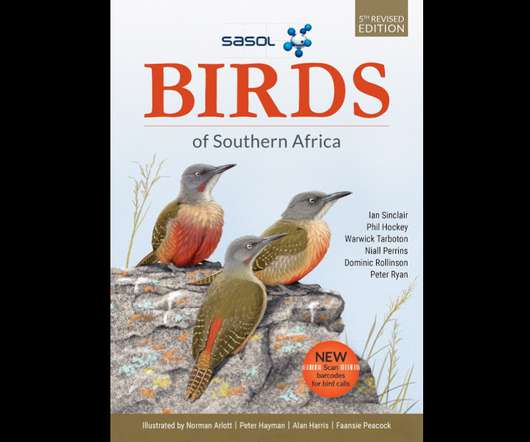


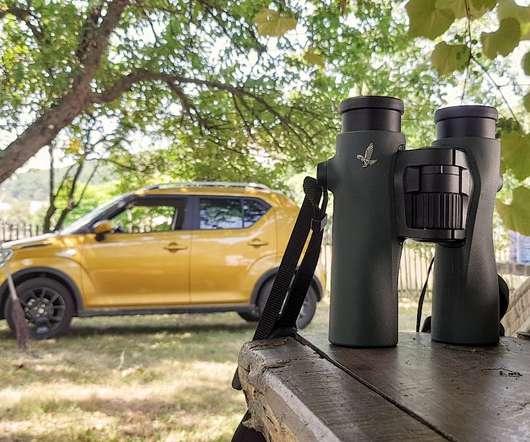


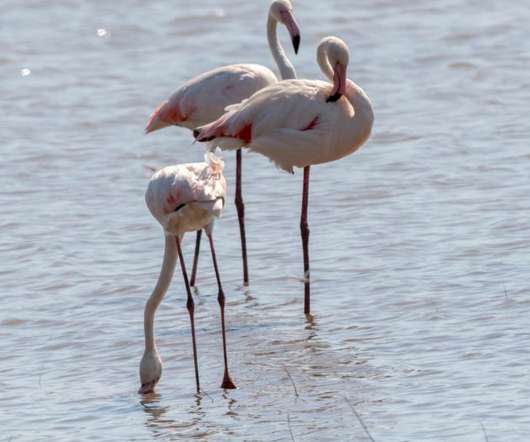




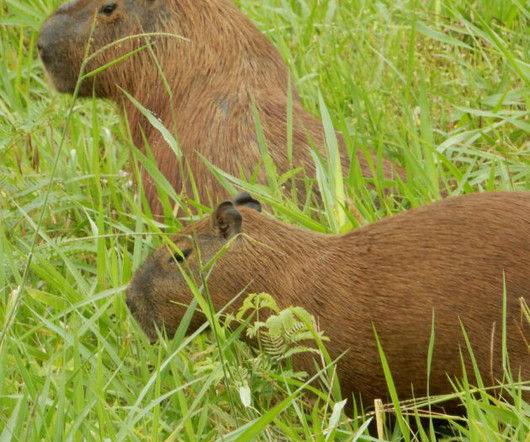


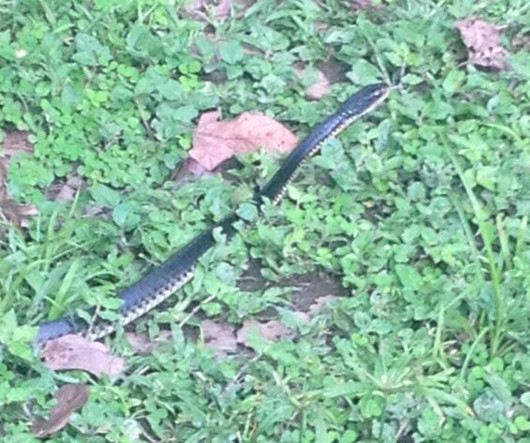



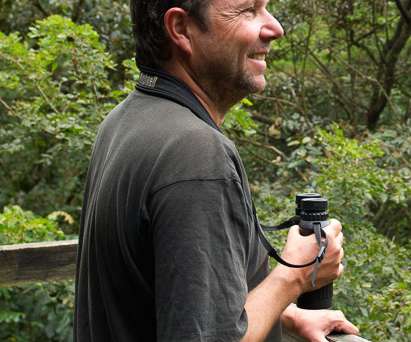







Let's personalize your content